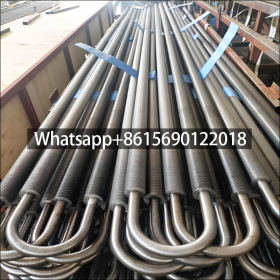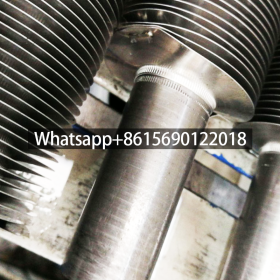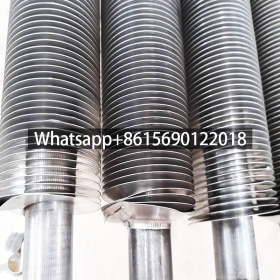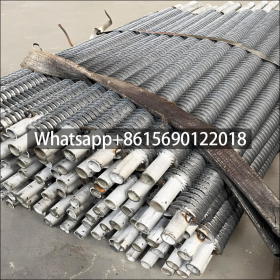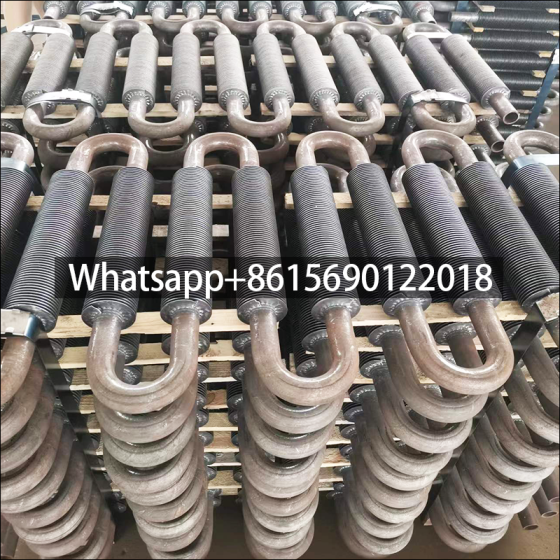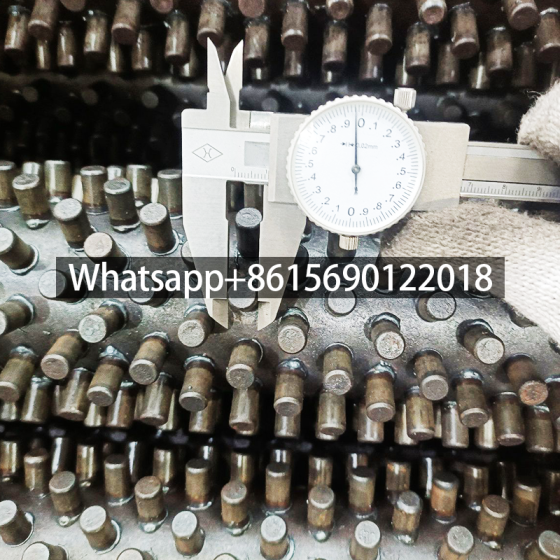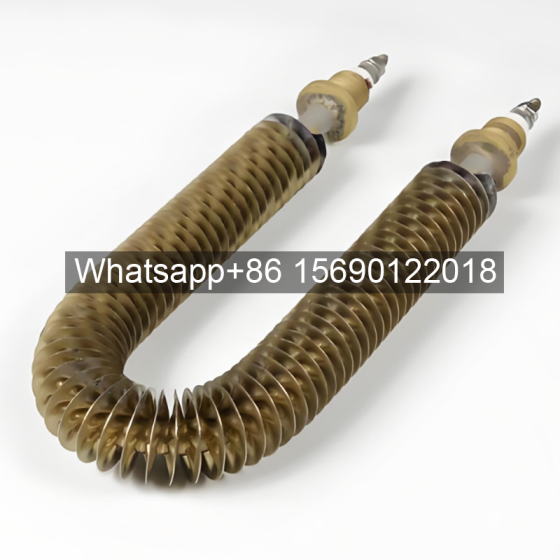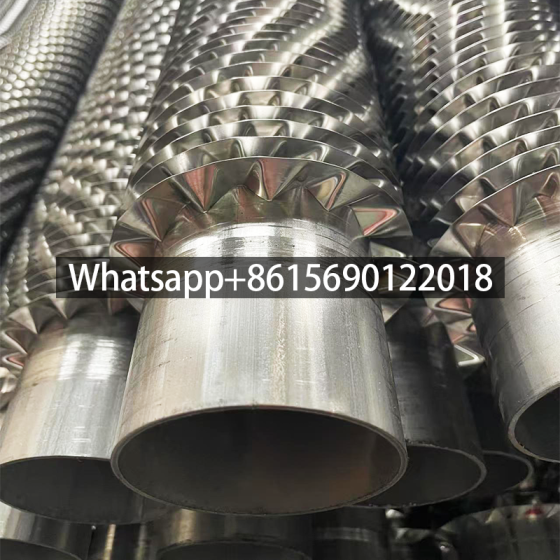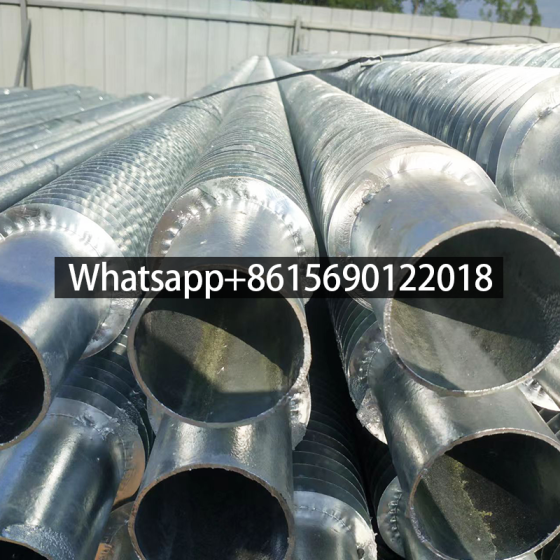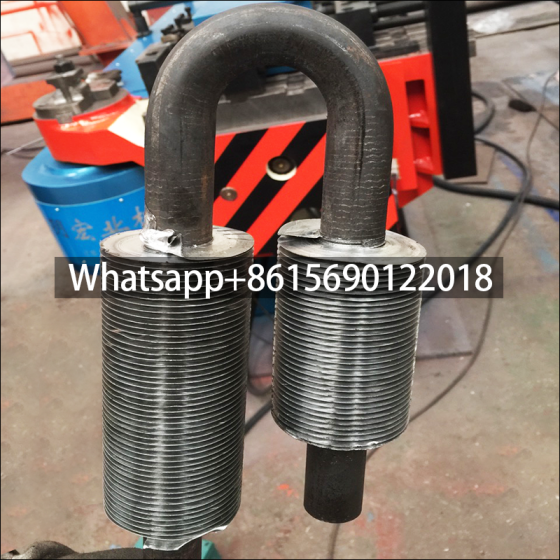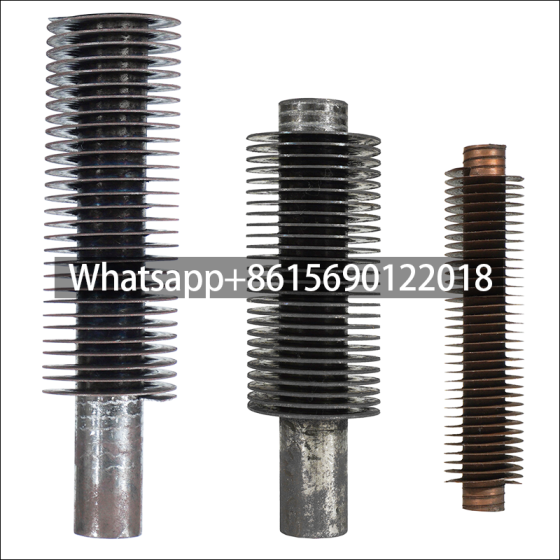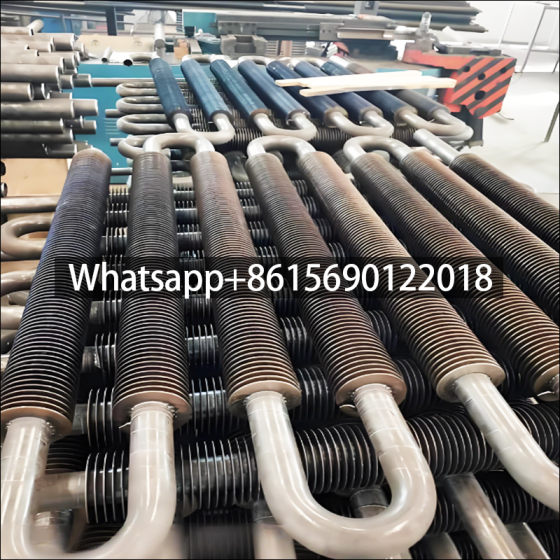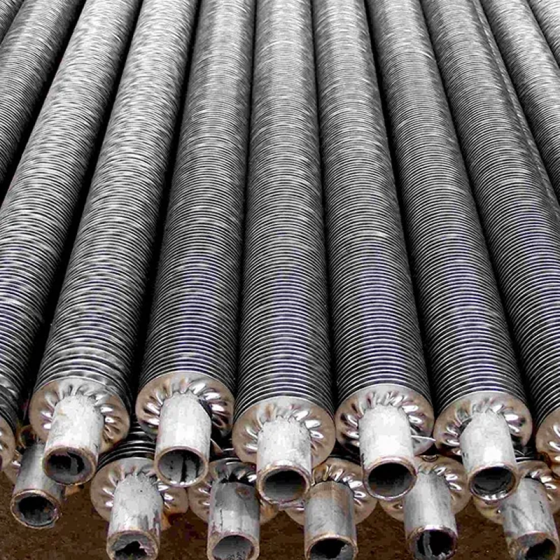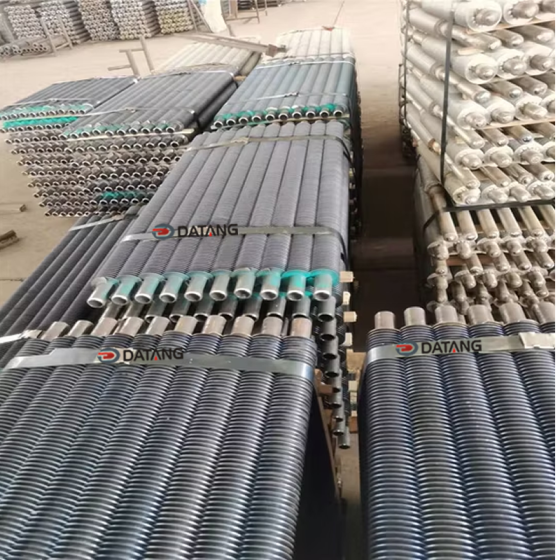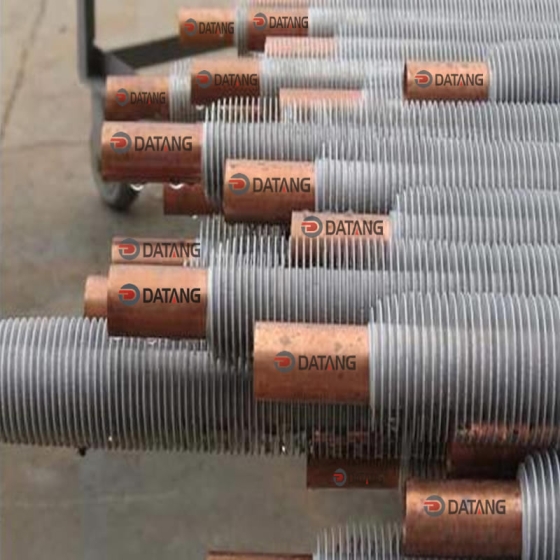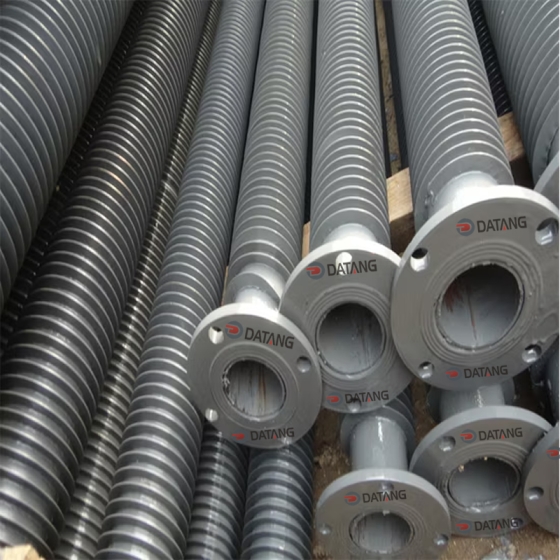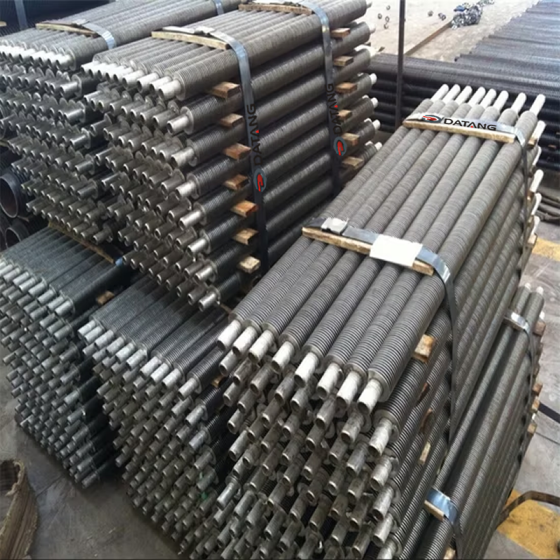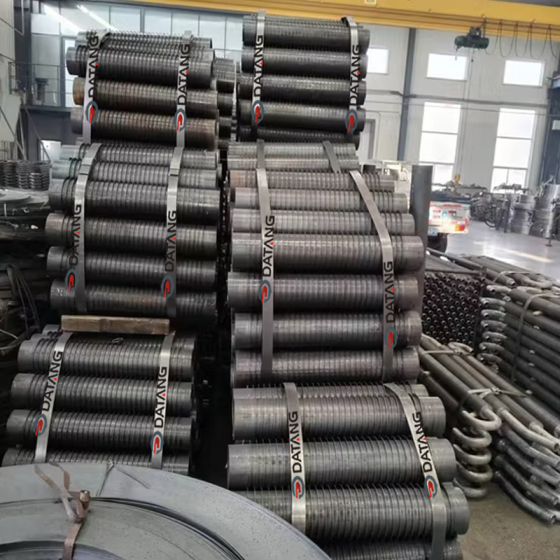What is Heat Exchanger Tubing?
Heat Exchanger Tubing is the core component of heat exchanger, usually refers to heat exchange tube, mainly used for heat exchange between two media. Here are the key information:
Heat Exchanger Tubing Structure and Function
The heat exchange tube is placed in the heat exchanger cylinder, and heat transfer is achieved by the flow of working fluid (such as water, steam, etc.) in the tube. It has excellent thermal conductivity and can quickly transfer heat from one end to the other end. The thermal conductivity coefficient can reach thousands of times that of copper.
Heat Exchanger Tubing Features
Efficient heat transfer: Efficient heat exchange is achieved through the evaporation and condensation process of the working fluid.
Compact structure: Compared with traditional heat exchangers, it occupies less space.
Low pressure loss: The pressure loss during operation is small.
Corrosion resistance: Some models can effectively control dew point corrosion and extend service life.
Application fields of heat exchanger tubes
Widely used in aerospace, metallurgy, chemical industry, boiler, electronics and other industries, especially in microchannel heat exchangers, the hydraulic diameter can reach 10-1000μm, further improving the heat exchange efficiency.
 dtfinnedtube.com
dtfinnedtube.com


